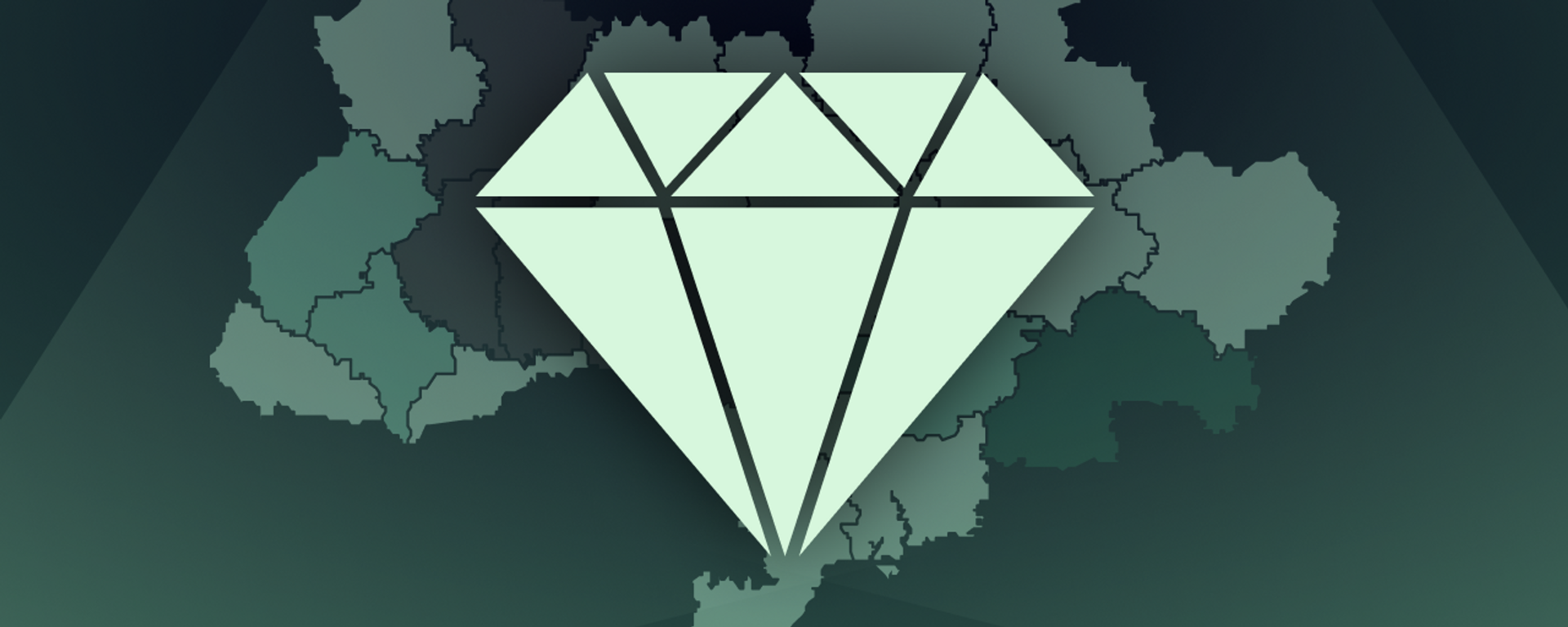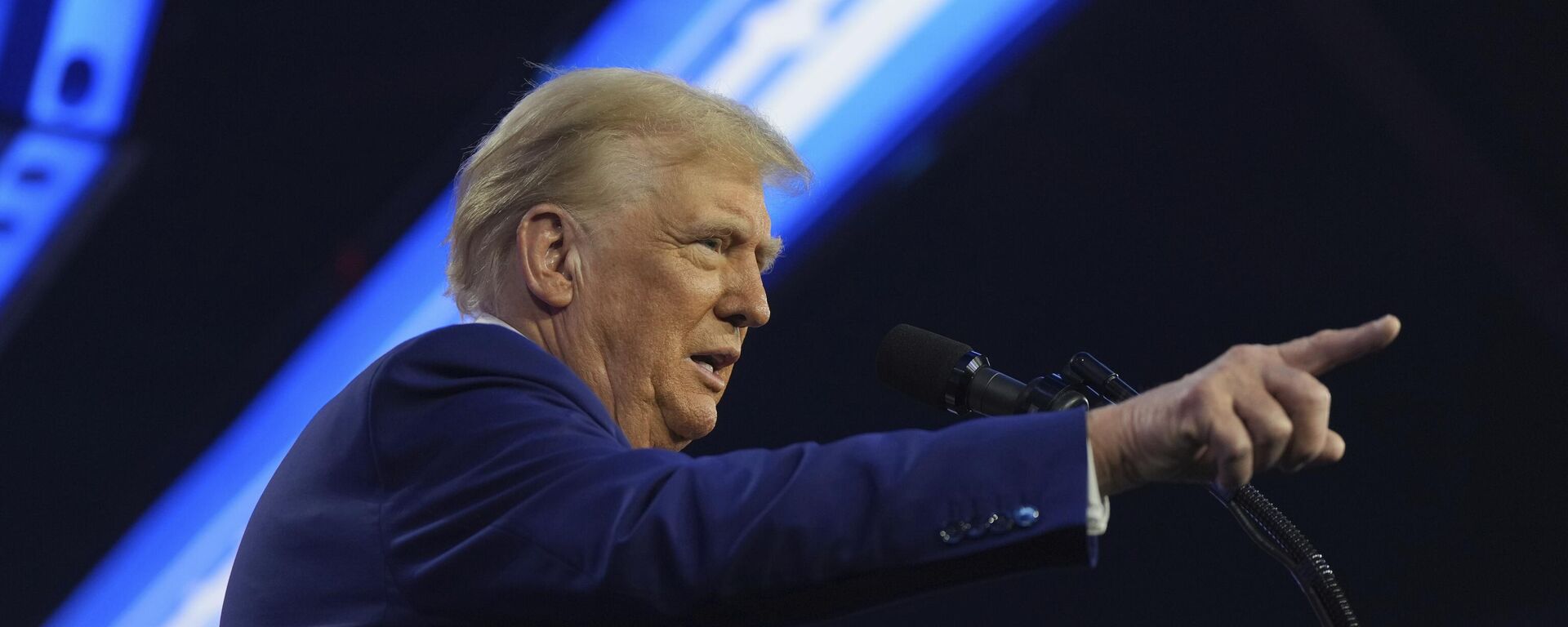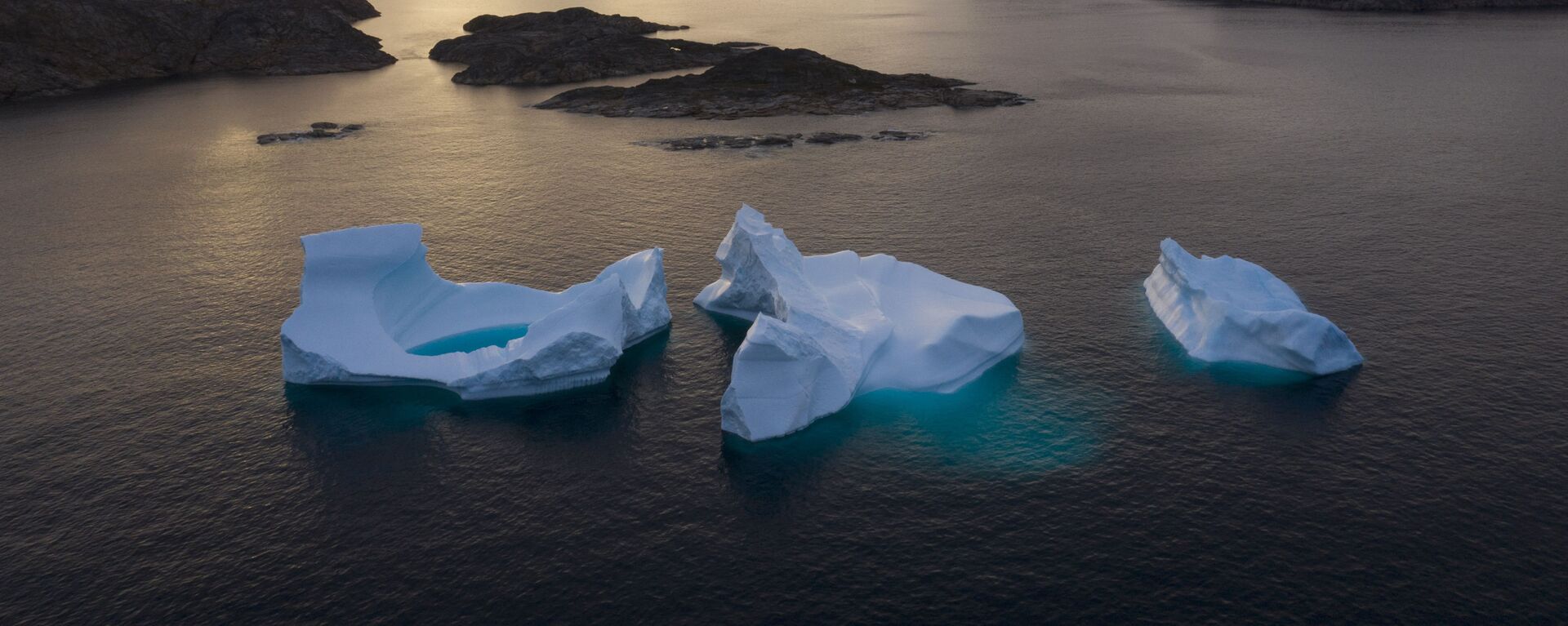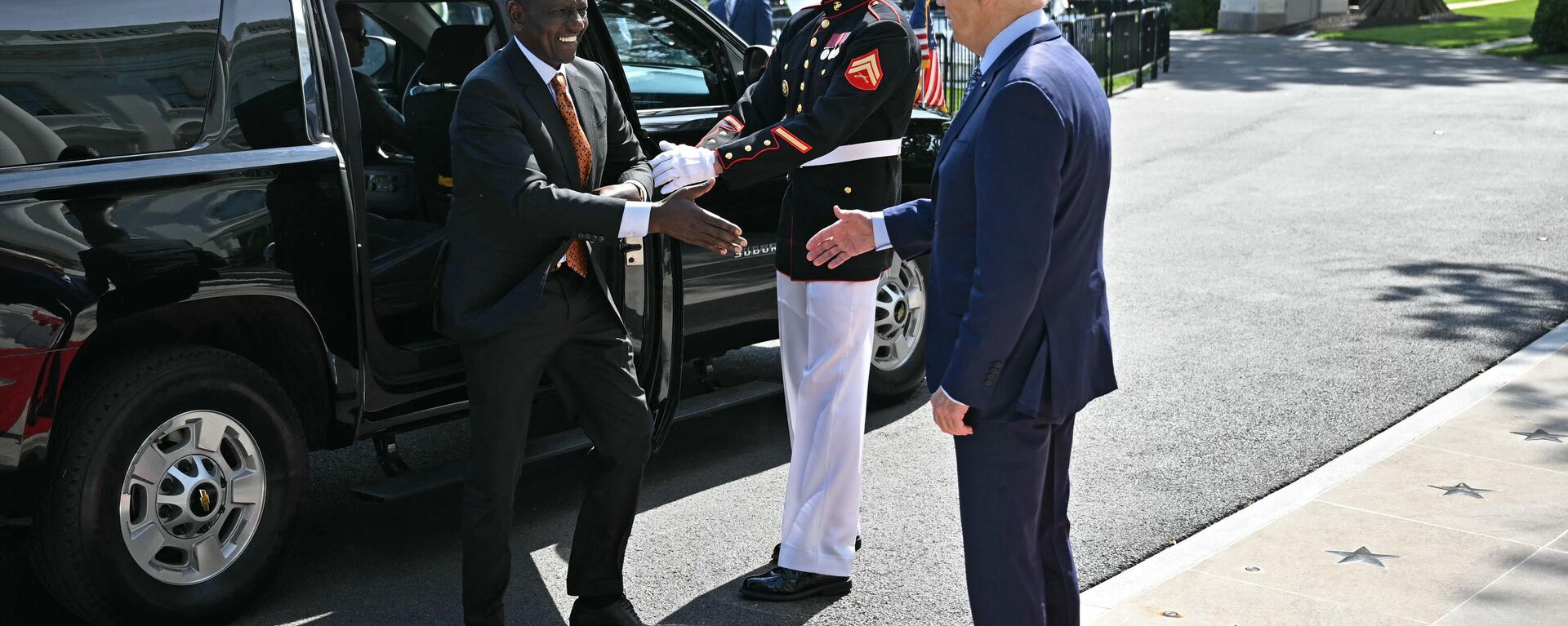https://sputnikglobe.com/20250111/mineral-wars-global-conflicts-fueled-by-competition-for-rare-resources-1121407138.html
Mineral Wars: Global Conflicts Fueled by Competition for Rare Resources
Mineral Wars: Global Conflicts Fueled by Competition for Rare Resources
Sputnik International
The coming years are shaping up to exacerbate the global geoeconomic competition for the world’s mineral resources, with President Trump openly eyeing 12 million sq km of territory containing untold riches. These are the conflicts, present and potentially future, to watch out for.
2025-01-11T15:16+0000
2025-01-11T15:16+0000
2025-01-11T15:20+0000
economy
donald trump
lindsey graham
bolivia
ukraine
nato
elon musk
venezuela
resources
natural resources
https://cdn1.img.sputnikglobe.com/img/104850/94/1048509437_0:53:1200:728_1920x0_80_0_0_fa61877215c2b894c98f5ec04635d364.jpg
UkraineThe US “cannot afford” to let Moscow achieve victory in Ukraine, which is “sitting on $10-12 trillion of critical minerals,” Senator Lindsey Graham said in a ‘quiet part out loud’ interview moment last year, revealing what NATO’s proxy war against Russia is really about.Ukraine is endowed with $3-11.5 trillion in lithium alone, plus trillions more in silver, gold, uranium, aluminum, copper, iron, manganese, titanium, and hydrocarbons. It’s also got Europe’s biggest supply of rare earths, beryllium, niobium, and zirconium.BoliviaMarking its 200th birthday this year, Bolivia has faced 190+ coups and revolutions over its history. It’s little wonder, given its vast resource wealth, from gold and silver to tungsten, zinc, led, tin and nickel.“We will coup whoever we want! Deal with it,” Elon Musk tweeted in 2020 in response to news that the US had organized yet another coup in Bolivia. Bolivia has 23 million tons of lithium. It also has scandium and yttrium, two of the most sought-after rare earths for industrial and military use.Venezuela“It will make a big difference to the United States economically if we could have American oil companies really invest in and produce the oil capabilities in Venezuela,” former Trump advisor John Bolton said in 2019 amid Washington’s attempts to oust President Maduro.It certainly would. Sitting on top of up to 300 billion barrels of proven oil reserves – the biggest anywhere, Venezuela is an energy powerhouse. It’s also a minerals giant, with eyewatering reserves of gold, uranium, iron ores and the precious mineral coltan - labeled "blue gold" by late Venezuelan President Hugo Chavez in 2009, and used in a broad array of electronics.No wonder the US has labeled Venezuela and its $14 trillion resource pile as an “unusual and extraordinary threat.”IranAnother country classified by the US as an “unusual and extraordinary threat,” Iran is home to an estimated $27 trillion in resource wealth. No wonder it’s been a regular target for regime change since the Islamic Revolution of 1979.While proven resource reserves consist mostly of oil and gas, Iran regularly discovers vast stocks of minerals. In 2023, Tehran discovered a massive, 8.5 million-ton lithium deposit. In 2022, the Iranian Mines and Mining Industries Development and Renovation Organization reported that some $28.7 billion in mineral resources, from iron ore, lead and bauxite to antimony had been discovered since 2013 alone.Canada“The joke is over,” Canadian Finance Minister Dominic LeBlanc said in response to Donald Trump’s string of comments about Canada becoming the ‘51st state.’ “It’s a way for him to sow confusion, to agitate people, to create chaos knowing this will never happen.”Endowed with $33 trillion in resources, from oil, gas and uranium, to phosphates, cadmium, lead, titanium, zinc, and an array of ferroalloys, a sprinkling of rare earths mines dot the True North Strong and Free, mining cerium, neodymium, and promethium.Who knows if Trump’s really joking?Greenland“Greenland is for the Greenlandic people. We do not want to be Danish, we do not want to be American…We have a desire for independence, a desire to be the master of our own house,” PM Mute Egede told reporters Friday amid Trump’s inquiries about buying the island.Greenland is sitting on mineral wealth the scale of which has not been fully explored, from precious metals and stones to graphite, uranium, and of course rare earths – at least 1.5 million tons of them, including yttrium, scandium, neodynmium and dysprosium.Even if Trump’s dreams don’t come true, a quiet battle – confined to boardrooms (for now), is already raging amid US efforts to block a series of Chinese investments in Greenland’s mineral resources.AfricaWracked by a post-colonial legacy of instability and violence, the African continent also happens to be home to some of the world’s largest untapped mineral reserves. Recent years have shown that with great wealth come great risks as global power centers vie for control.The Democratic Republic of Congo, for example, has the world’s largest cobalt reserves (6 million tons). It’s also faced repeated coup attempts, most recently in 2024, when a US and Belgium-backed politician unilaterally declared himself president. Besides cobalt, the DRC is rich in monazite, euxenite, niobium, tantalum and zirconium.Guinea, also suffering its share of coups (1984, 2008, 2021) happens to be the world’s second-largest producer of bauxite - used to produce the strategic metal aluminum. It also has among the largest untapped high-grade iron ore deposits in the world, plus gold and diamonds.Zimbabwe, which saw a coup against long-time Western-reviled president Robert Mugabe in 2017, has Africa’s largest lithium reserves (11 million tons). Local economists believe that with more exploration, their country can come to rival China’s rare earths superpower status.Kenya, whose president got a red carpet welcome in Washington last May, is also (unsurprisingly) a key rising rare earths giant, with deposits discovered at the Mrima Hill mine alone estimated to be worth some $62.4 billion. Besides rare earths, Kenya is rich in iron ore, gold, limestone, gemstones and manganese ore.No wonder the US has labeled the country a “major non-NATO ally” – the only one in Sub-Saharan Africa.
https://sputnikglobe.com/20240626/ukraines-minerals-what-the-west-is-fighting-for-1119119104.html
https://sputnikglobe.com/20250110/battle-for-tech-metals-what-are-17-rare-earth-elements-and-what-are-they-used-for-1121400309.html
https://sputnikglobe.com/20250108/geography-lessons-with-trump-future-potus-shares-map-with-canada-as-part-of-us-1121378405.html
https://sputnikglobe.com/20250110/is-greenland-the-new-arctic-battleground-for-us-and-china-1121403227.html
https://sputnikglobe.com/20240914/americans-sentenced-in-congo-coup-plot-recalling-history-of-us-interference-in-africa-1120155914.html
https://sputnikglobe.com/20240523/scramble-for-east-africa-whats-behind-the-us-charm-offensive-in-kenya-1118600532.html
bolivia
ukraine
venezuela
Sputnik International
feedback@sputniknews.com
+74956456601
MIA „Rossiya Segodnya“
2025
News
en_EN
Sputnik International
feedback@sputniknews.com
+74956456601
MIA „Rossiya Segodnya“
Sputnik International
feedback@sputniknews.com
+74956456601
MIA „Rossiya Segodnya“
where are rare earths, which countries have major rare earth mineral deposits, who is fighting who over rare earths, will rare earths start a war
where are rare earths, which countries have major rare earth mineral deposits, who is fighting who over rare earths, will rare earths start a war
Mineral Wars: Global Conflicts Fueled by Competition for Rare Resources
15:16 GMT 11.01.2025 (Updated: 15:20 GMT 11.01.2025) The coming years are set to exacerbate the global geoeconomic competition for the world’s mineral resources, with President Trump openly eyeing 12 million sq km of territory containing untold riches. Here are the conflicts, present and potentially future, to watch out for.
The US “cannot afford” to let Moscow achieve victory in Ukraine, which is “sitting on $10-12 trillion of critical minerals,” Senator Lindsey Graham
said in a ‘quiet part out loud’ interview moment last year, revealing what NATO’s proxy war against Russia is really about.
Ukraine is endowed with $3-11.5 trillion in lithium alone, plus trillions more in silver, gold, uranium, aluminum, copper, iron, manganese, titanium, and hydrocarbons. It’s also got Europe’s biggest supply of rare earths, beryllium, niobium, and zirconium.
Marking its 200th birthday this year, Bolivia has faced 190+ coups and revolutions over its history. It’s little wonder, given its vast resource wealth, from gold and silver to tungsten, zinc, led, tin and nickel.
“We will coup whoever we want! Deal with it,” Elon Musk tweeted in 2020 in response to news that the US had organized yet another coup in Bolivia. Bolivia has 23 million tons of lithium. It also has scandium and yttrium,
two of the most sought-after rare earths for industrial and military use.
“It will make a big difference to the United States economically if we could have American oil companies really invest in and produce the oil capabilities in Venezuela,” former Trump advisor John Bolton said in 2019 amid Washington’s attempts to oust President Maduro.
It certainly would. Sitting on top of up to 300 billion barrels of proven oil reserves – the biggest anywhere, Venezuela is an energy powerhouse. It’s also a minerals giant, with eyewatering reserves of gold, uranium, iron ores and the precious mineral coltan - labeled
"blue gold" by late Venezuelan President Hugo Chavez in 2009, and used in a broad array of electronics.
No wonder the US has labeled Venezuela and its $14 trillion resource pile as an “unusual and extraordinary threat.”
Another country classified by the US as an “unusual and extraordinary threat,” Iran is home to an estimated $27 trillion in resource wealth. No wonder it’s been a regular target for regime change since the Islamic Revolution of 1979.
While proven resource reserves consist mostly of oil and gas, Iran regularly discovers vast stocks of minerals. In 2023, Tehran
discovered a massive, 8.5 million-ton lithium deposit. In 2022, the Iranian Mines and Mining Industries Development and Renovation Organization
reported that some $28.7 billion in mineral resources, from iron ore, lead and bauxite to antimony had been discovered since 2013 alone.
“The joke is over,” Canadian Finance Minister Dominic LeBlanc
said in response to Donald Trump’s string of comments about Canada becoming the ‘51st state.’ “It’s a way for him to sow confusion, to agitate people, to create chaos knowing this will never happen.”
Endowed with
$33 trillion in resources, from oil, gas and uranium, to phosphates, cadmium, lead, titanium, zinc, and an array of ferroalloys,
a sprinkling of rare earths mines dot the True North Strong and Free, mining cerium, neodymium, and promethium.
Who knows if Trump’s really joking?
“Greenland is for the Greenlandic people. We do not want to be Danish, we do not want to be American…We have a desire for independence, a desire to be the master of our own house,” PM Mute Egede
told reporters Friday amid Trump’s inquiries about buying the island.
Greenland is sitting on mineral wealth the scale of which has not been fully explored, from precious metals and stones to graphite, uranium, and of course rare earths – at least 1.5 million tons of them, including yttrium, scandium, neodynmium and dysprosium.
Even if Trump’s dreams don’t come true,
a quiet battle – confined to boardrooms (for now), is already raging amid US efforts to block a series of Chinese investments in Greenland’s mineral resources.
Wracked by a post-colonial
legacy of instability and violence, the African continent also happens to be home to some of the world’s largest untapped mineral reserves. Recent years have shown that with great wealth come great risks as global power centers vie for control.
The Democratic Republic of Congo, for example, has the world’s largest cobalt reserves (6 million tons). It’s also faced repeated coup attempts,
most recently in 2024, when a US and Belgium-backed politician unilaterally declared himself president. Besides cobalt, the DRC is rich in monazite, euxenite, niobium, tantalum and zirconium.
Guinea, also suffering its share of coups (1984, 2008, 2021) happens to be the
world’s second-largest producer of bauxite - used to produce the strategic metal aluminum. It also has
among the largest untapped high-grade iron ore deposits in the world, plus gold and diamonds.
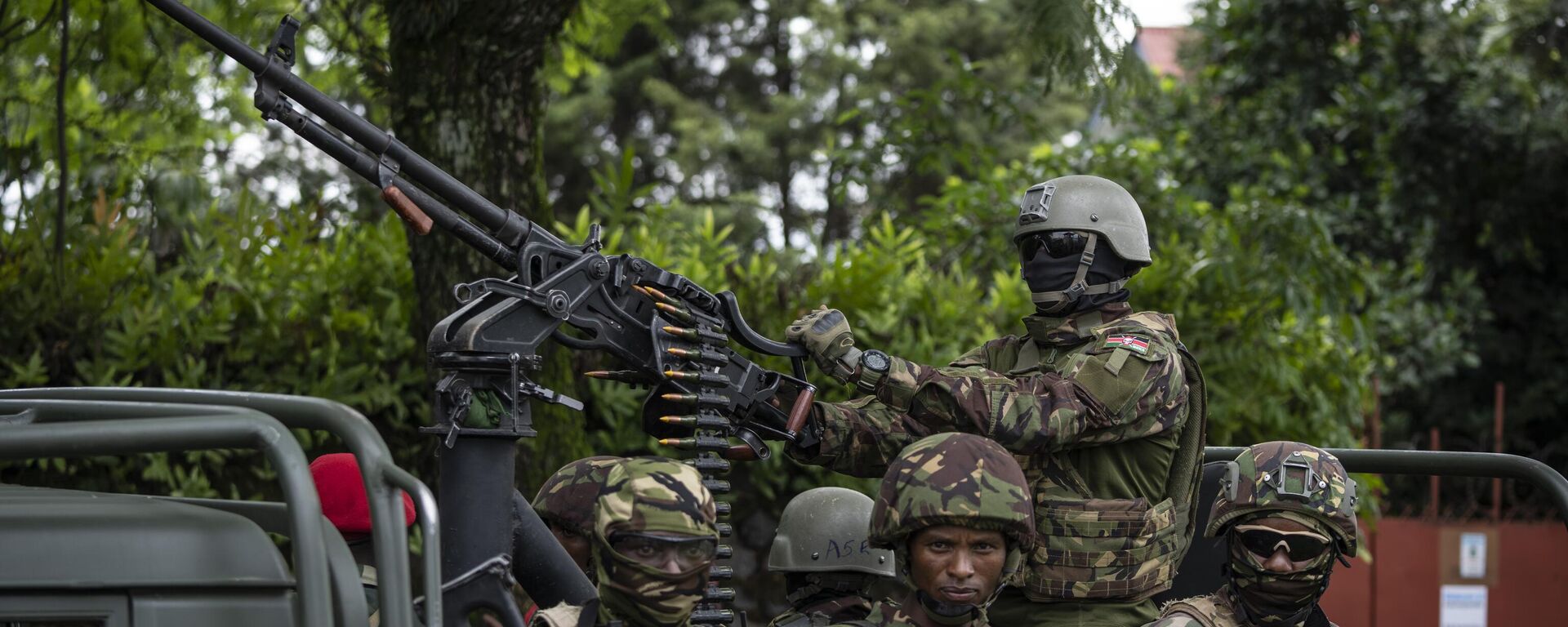
14 September 2024, 23:25 GMT
Zimbabwe, which saw a
coup against long-time Western-reviled president Robert Mugabe in 2017, has Africa’s largest lithium reserves (11 million tons). Local economists
believe that with more exploration, their country can come to rival China’s rare earths superpower status.
Kenya, whose president got a red carpet welcome in Washington last May, is also (unsurprisingly) a key rising rare earths giant, with deposits discovered at the
Mrima Hill mine alone estimated to be worth some
$62.4 billion. Besides rare earths, Kenya is rich in iron ore, gold, limestone, gemstones and manganese ore.
No wonder the US has labeled the country a “major non-NATO ally” –
the only one in Sub-Saharan Africa.


